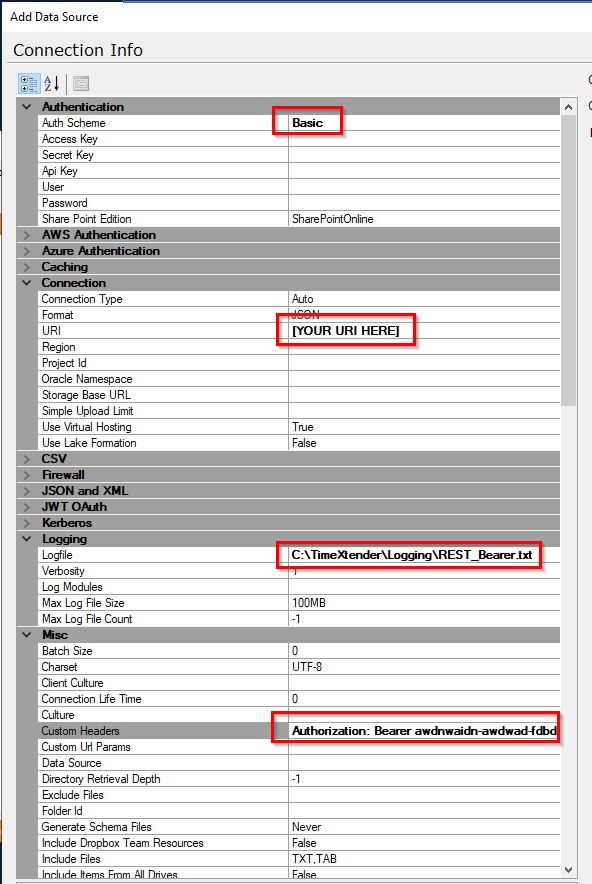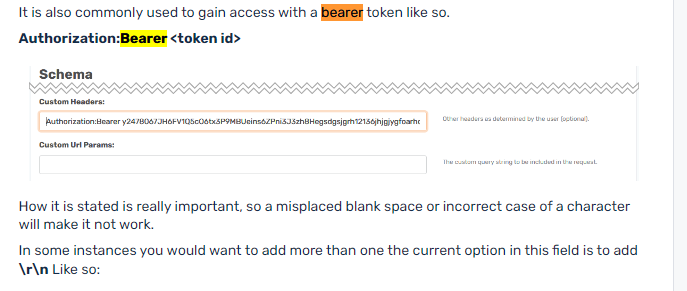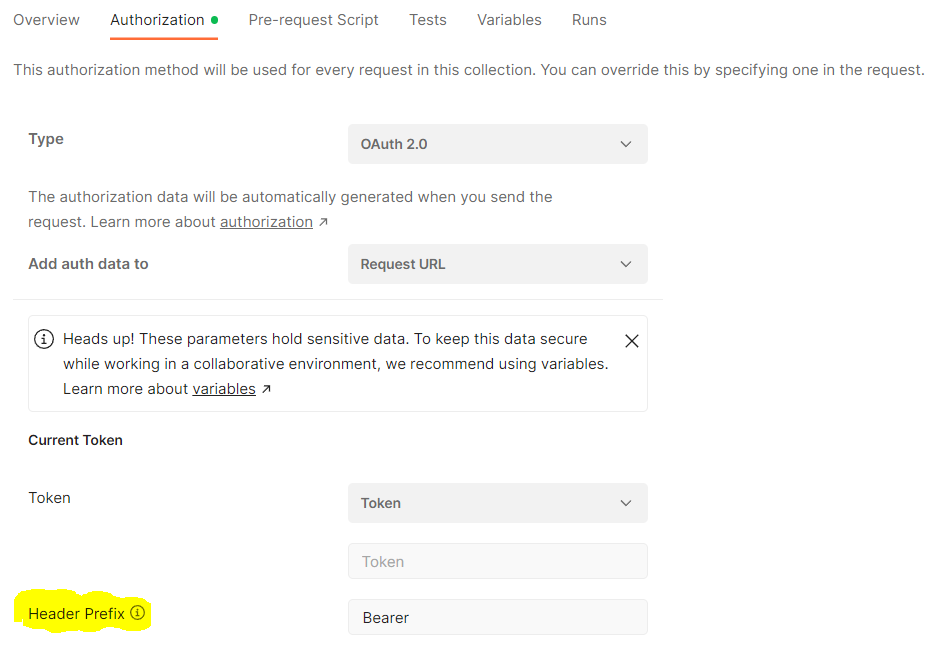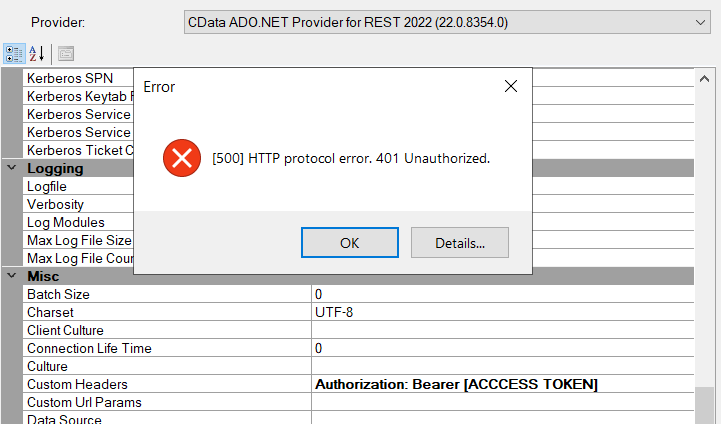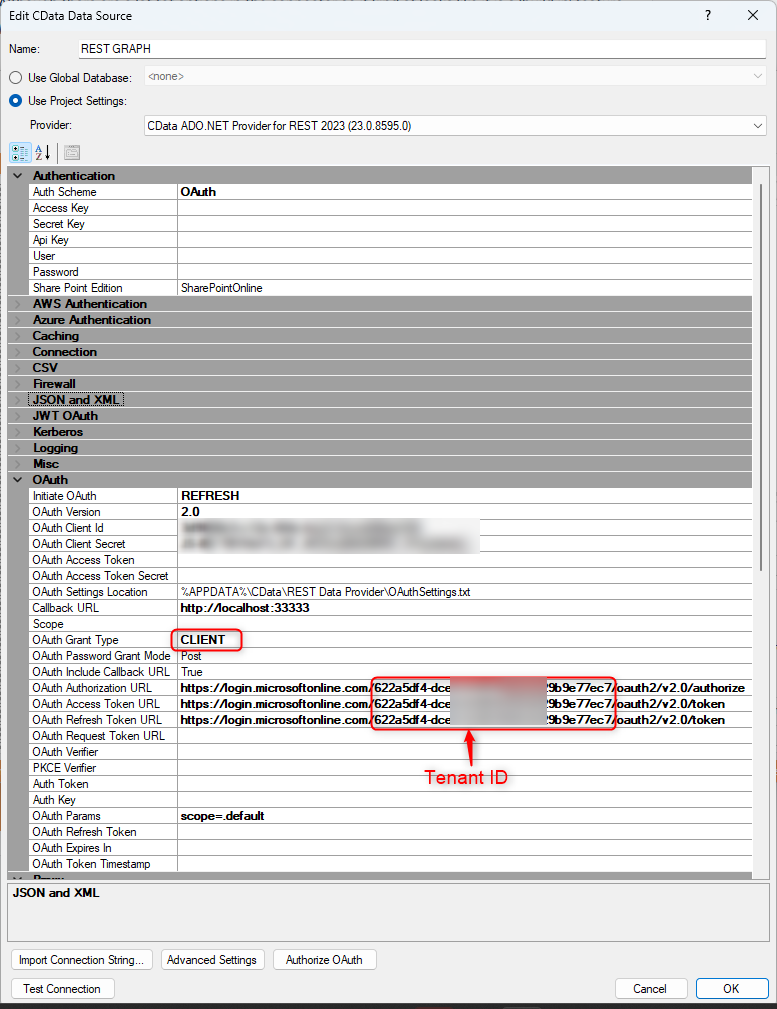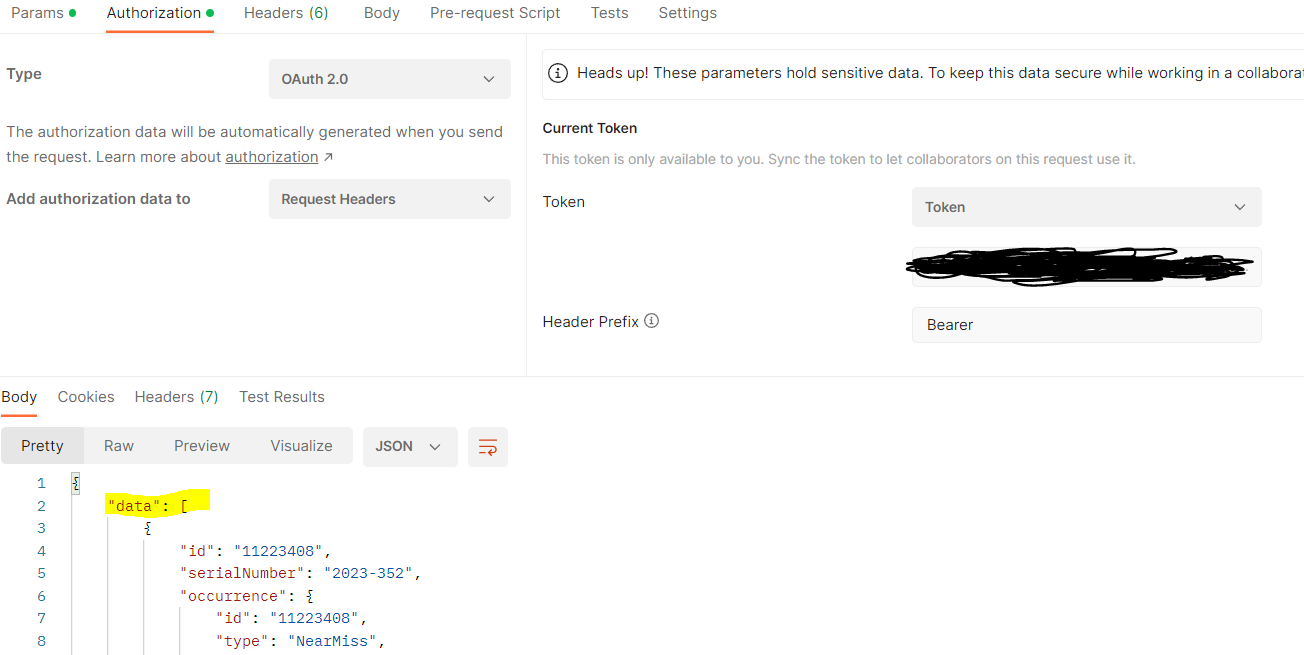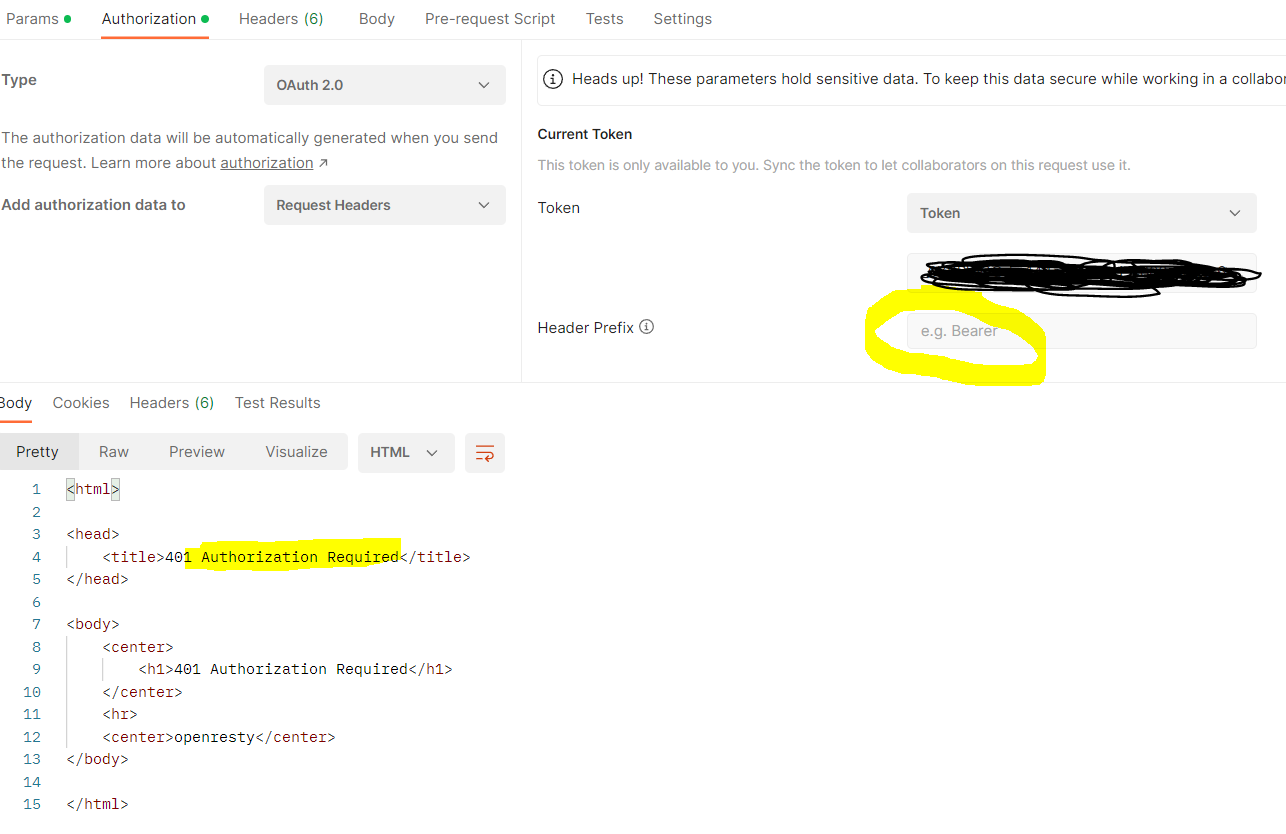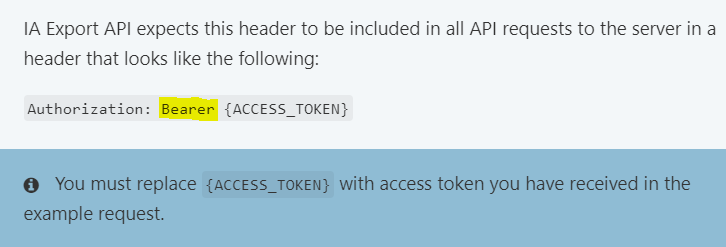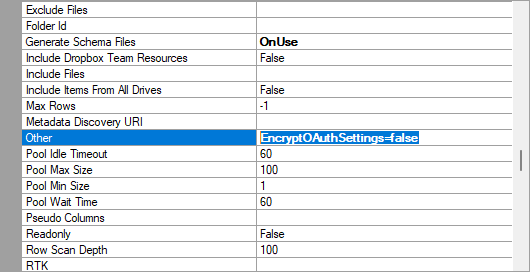Hi,
I am trying to connect to a REST API that uses OAuth2 authentication.
The API documentation is very clear on what to include in the authentication:
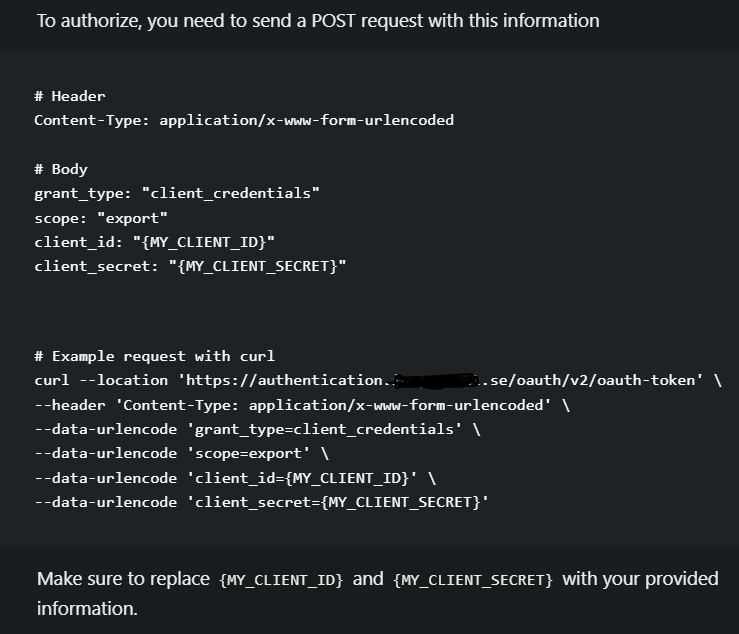
I have entered all this information in the REST CData provider and I can successfully use the provider’s “Authorize OAuth” button.
However, when I try to test the connection, error “401 - Unauthorizated” is returned.
In the API documentation, they state that the token needs a prefix “Bearer “.

I suspect my error is caused by the REST CData provider sending the authorization header without the Bearer prefix, like so:
Authorization: {ACCESS_TOKEN}
Which the API of course does not accept.
Is there any way to include a prefix to the token in the authorization header?



